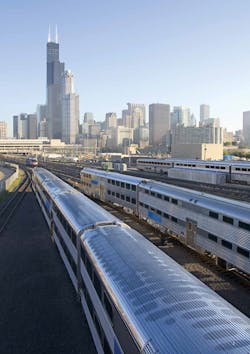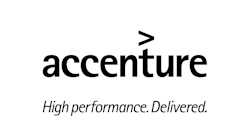The Federal Transit Administration (FTA) recently estimated the national transit State of Good Repair (SGR) backlog to be $86 billion and growing $2.5 billion annually. The challenges impacting local transit agencies today are numerous with safety and reliability of service as the top concerns. How will these enormous costs be met? What other areas need to align in order to achieve safer and more reliable service, at a lower cost, and with longer and more predictable asset lifecycles?
Recent research confirmed that nearly 80 percent of transit organizations cannot meet even half of their maintenance backlog at current funding levels and almost 40 percent need more than $500 million to bring all current transit assets into a SGR. Given the depth of the situation, a strategy to simply replace aging assets with new purchases will not suffice. Creative solutions that allow for the more efficient use of existing funds and assets will be necessary to bridge the gap.
Doing so will not be a quick fix. The research revealed that aging transit assets are just part of the challenge, as outmoded business processes, a lack of a centralized asset management system, new government regulations, poor organizational awareness and talent retention all compound the issue.
The encouraging news is that many transit agencies have already laid some strong framework. Three-quarters of respondents reported that their organization has a comprehensive vision for asset management and that it is based on safety, reliability and compliance. More than three-fifths indicated cross-function performance metrics and regular transit asset management (TAM) planning activities are already in place.
However, investment in TAM programs is woefully meek. For every 10 dollars of total budget, organizations on average spend one penny to maintain or improve their TAM tools and systems. Only about half use networked tools or asset management software as part of their TAM program, and only about a third use networked spreadsheets and databases to maintain and manage all transit assets, confirming that many are still operating with techniques from 20-30 years ago.
In fact, only 20 percent reported incorporating the IT department’s involvement in their program.
While the research shows that technology does not currently play a key role in TAM programs today, transit asset managers clearly see this as a key deficit, ranking innovative technology and a central asset management system as the most important needs for future success.
Here are four cost-effective strategies for agencies looking to improve their long-term SGR prognosis to focus on:
System integration – By digitizing and integrating the vast quantity of data collected across the system, agencies can support smarter and more cost-effective decision-making throughout the asset lifecycle.
Visualization – Integrating asset data with visual tools (such as geographic information systems, business intelligence software, and system dashboards) not only allows operators and maintainers to function more efficiently, but also helps to communicate the output and value of TAM to agency leaders and the riding public.
Mobility – Embracing mobile technology benefits on two fronts - by providing operations and maintenance personnel powerful tools to improve inspections, work orders, and incident response, and by enhancing the customer experience with real-time operational data and system alerts built into rider apps.
Organizational adaptation – By rethinking organizational structures that reinforce silos and operational processes that focus on reactive activities in favor of cross-functional teams and proactive measures, agencies develop a culture of sustainability that extends beyond simple asset awareness.
At the end of the day, transit agencies’ optimal result from a TAM program is to provide safer and more reliable services to their customers, coupled with the bottom-line benefits such as longer asset lifecycles and more efficient operations. The ability to optimize their return on investment will heavily depend upon how organizations seek to capitalize on the proven strategies and tools available today. Pulling the right insights to formulate the most efficient strategy to manage assets from cradle to grave can help significantly improve service delivery and alleviate funding pressure, ultimately leading to a more sustainable transportation organization.
Michael Wilson is the managing director of public transportation for North America at Accenture.




